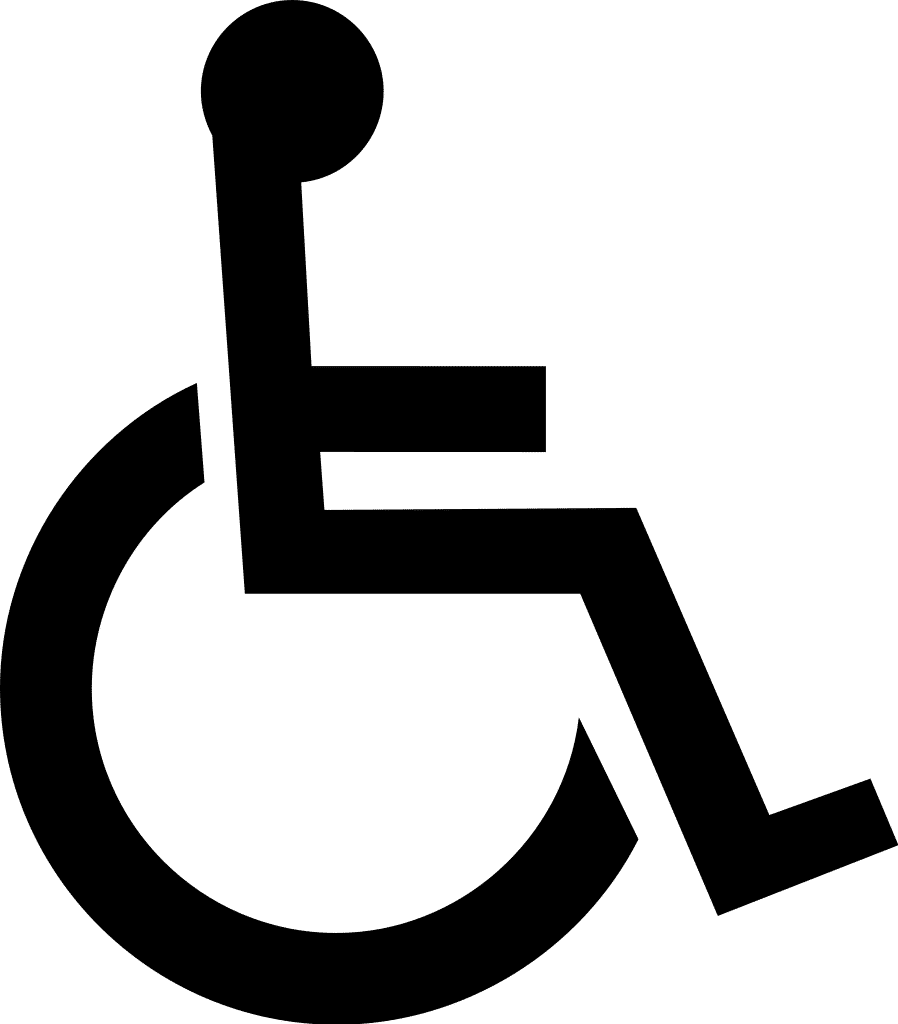Hospice Care Increases Comfort and Reduces Hospitalizations

When a loved one has reached the end stages of terminal cancer, hospitalization often becomes an increasingly frequent experience. This has a significant impact on care costs as well as on the patient’s quality of life. Interestingly, recent studies have shown that palliative care options, like hospice, can significantly reduce the rate of hospitalizations and aggressive procedures for these patients.
What is hospice and palliative care?
When a patient is no longer able to benefit from medical treatments due to a terminal illness or disease, the care focus changes to keeping the patient comfortable and as healthy as possible for the remainder of their life. For example, cancer patients will no longer undergo chemotherapy, radiation or surgeries designed to cure or remove the cancer. Instead, they will receive medications and therapies that keep pain and discomfort at bay.
Why is reducing hospitalizations a good thing?
Aiming to reduce hospitalizations for end-of-life patients may sound counter-intuitive, after all, hospitals provide cures and treatments to extend and enhance our lives. However, this is not the case for terminal patients at the end of their lives. They are often hospitalized for health issues that could have been prevented through better end-of-life care. Treating these preventable issues costs families, insurance companies and government insurance programs a huge amount of money.
What did the study find?
The study, conducted with the input of 18,000 pairs of Medicare patients with terminal cancers, found:
- Non-hospice patients had more hospitalizations than hospice patients (65% vs. 42%);
- Non-hospice patients were placed in intensive care more often than hospice patients (36% vs. 15%);
- More invasive procedures were done on non-hospice patients than hospice patients (51% vs. 27%); and
- Most hospitalizations of non-hospice patients were due to health concerns unrelated to their cancers.
These findings also show that overall, a non-hospice patient incurred a total cost of $71,517 during their last year of life, while a hospice patient’s costs totaled $62,819 — a relative saving of nearly $9,000.
These findings highlight an important issue that goes far beyond the cost of end-of-life medical care. It’s not simply a matter of money. The quality of care hospice delivers actively works to reduce unnecessary hospitalizations and health complications, and ensures comfort at this important stage of life.
Comfortable, wellness-focused end-of-life care at our hospice dedicated assisted living area in South Jersey
At The Shores, a part of the well-known United Methodist Communities non-profit assisted living organization in New Jersey, we offer a compassionate, professional hospice-dedicated are of our community at the Jersey Shore called Bridges. It focuses on creating a nurturing and comforting environment for patients and their loved ones through customized care programs and compassionate support. To find out more about our hospice in South Jersey, please visit our website at https://umcommunities.org/theshores/ or contact us today and organize your visit.




